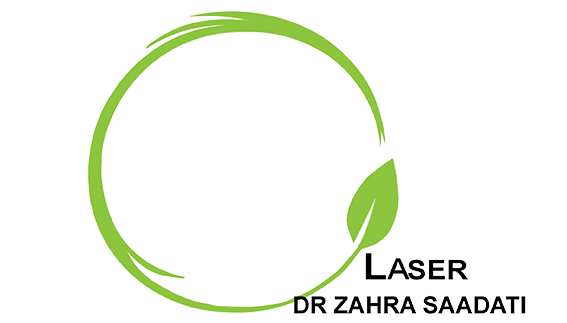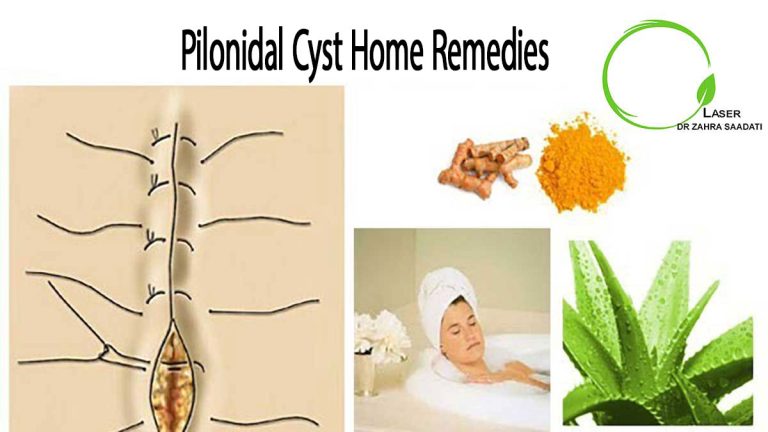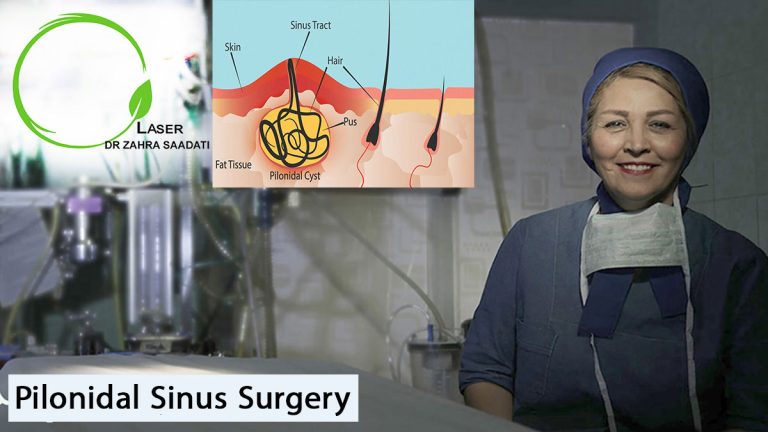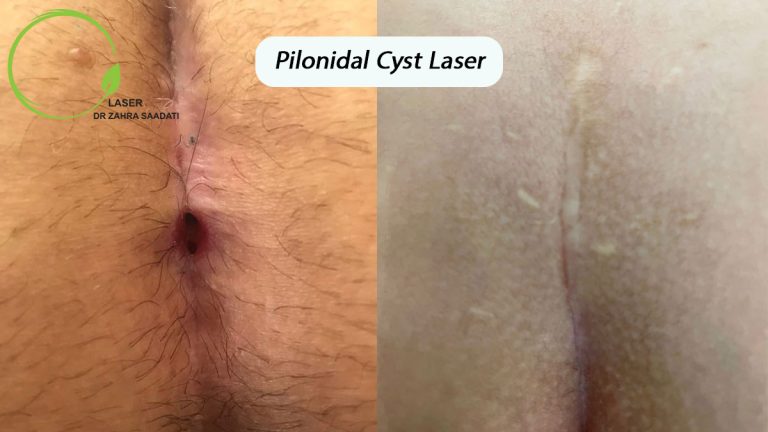Pilonidal Cyst, also known as pilonidal sinus, is a small hole or tunnel at a shallow depth of the skin. When this hole or tunnel is closed, purulent secretions accumulate inside them and cause cysts or abscesses. Such skin cysts or abscesses, which is a place for hair, dirt, and waste accumulation, mostly occur at the end of the spine and lower back, in the empty space between the hip sockets and cause swelling, discharges, and pain in this area of the patient’s body.
Unfortunately, many people do not even know what a pilonidal cyst is and the difference between an abscess and a pilonidal cyst. The data show that more than 25% of people experience this painful disease at least once in their lifetime. This annoying disease is more common in men than in women. Wearing tight clothes can worsen this disease.
Pilonidal cyst can occur in any area of the body, such as the scalp, armpit, groin, and even nipples. However, pilonidal cyst commonly occurs in the lower back and above the anus.
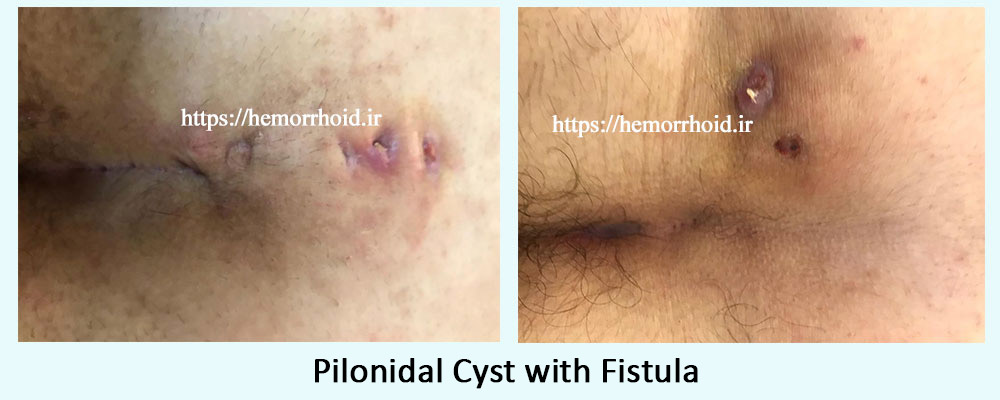
In this article, you can read the following topics:
- Symptoms of acute pilonidal cyst:
- Symptoms of chronic pilonidal cyst
- Who may develop a pilonidal cyst?
- Causes of pilonidal cyst in women:
- What is a pilonidal cyst abscess?
- Treatment of pilonidal cyst
- Medication for pilonidal cyst
- Pilonidal cyst outpatient surgery
- Closed pilonidal cyst surgery
- Open pilonidal cyst surgery
- Frequently asked questions (FAQs) about pilonidal cyst:
Symptoms of acute pilonidal cyst:
Symptoms of acute pilonidal cyst are as follows:
- pain when sitting or standing
- reddened, sore skin around the area
- pus or blood draining from the abscess
- foul odor of abscess
- formation of more than one sinus tract, or holes in the skin
- hair protruding from the lesion
- Infections, fever, chills, and nausea
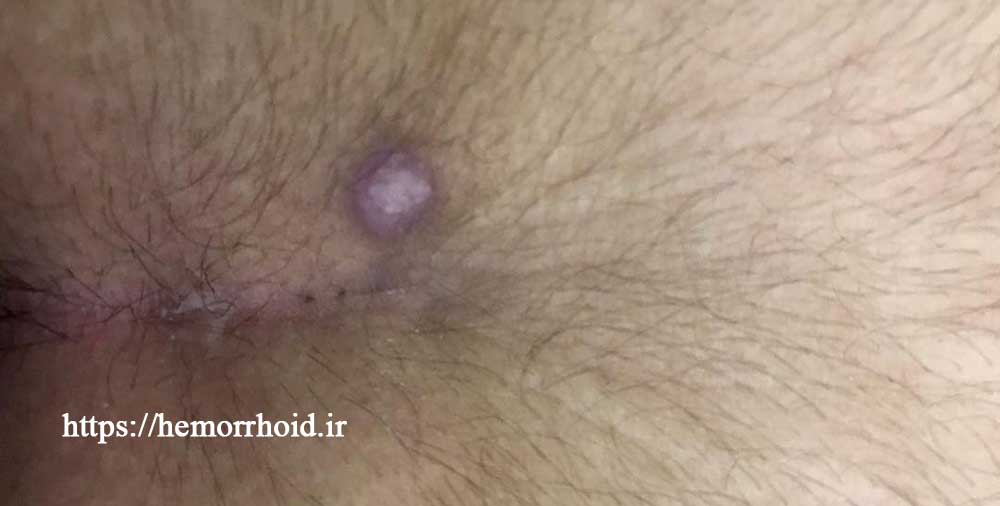
Symptoms of chronic pilonidal cyst
The prevalence of chronic pilonidal cyst is unfortunately high, as about 40% of people suffer from this painful disease. The severity of pain is lower in chronic cases than in acute cases because some pus excretes from the cyst and reduces the pressure in the area. Although the infection is not completely improved, the pain is relieved a bit. The burst of pilonidal cyst is not an end to its occurrence; in fact, pain and discharges continue for a long time and recur once in a while. The definitive treatment of a pilonidal cyst is its complete drainage and removal through a surgical procedure or laser therapy.
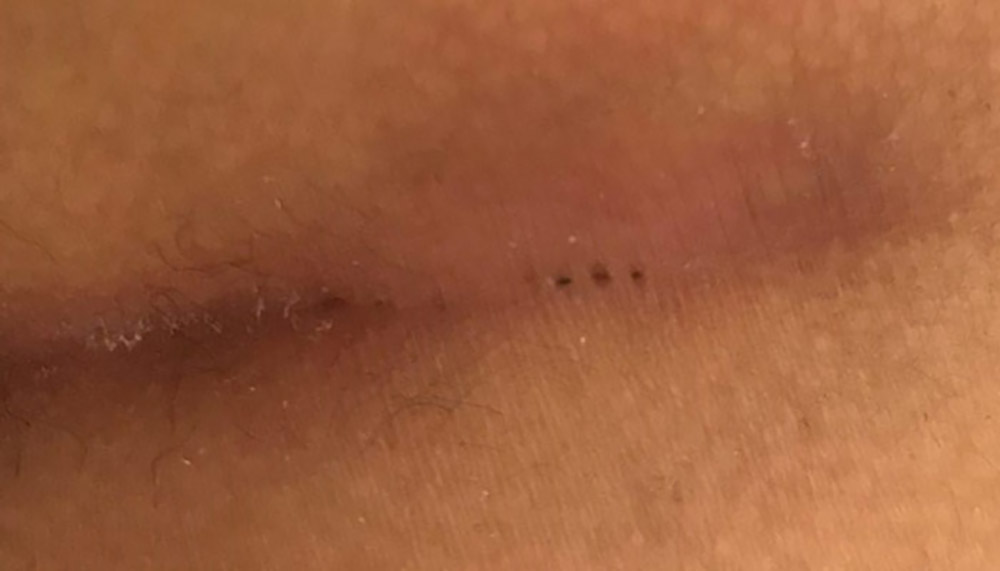
Who may develop a pilonidal cyst?
The risk of developing a pilonidal cyst is higher in the following individuals:
- Obese or overweight individuals and also men.
- Those who have thick hair on the buttocks.
- Individuals who sit for a long time, such as drivers and clerks.
- Permanent tracts, itching, or injury at the affected area increase the risk of developing a pilonidal cyst.
- Those who have a family history of this disease.
Causes of pilonidal cyst in women:
There are usually similar causes of pilonidal cyst in men and women, unless in cases female hormones cause this condition. Hormonal disorders or increased secretion of some hormones in sick women sometimes thicken hair or block sebaceous glands under the skin. Excessive secretion of sebaceous glands or their blockage is among the major causes of pilonidal cyst in women. The increased secretion of testosterone in women also thickens unwanted hair and provides conditions for the development of pilonidal cyst.
What is a pilonidal cyst abscess?
When hair and dead skin and tissue remain inside the tunnel of a pilonidal cyst, they cause infection and abscess after a while. This is called a pilonidal cyst abscess. If the patient frequently develops abscesses that drain by themselves, he/she is suffering another complication called fistulated pilonidal cyst. The burst of a sinus pilonidal is not a definitive treatment for its infections and abscesses, but you need to visit a general surgeon or a laser surgery specialist.
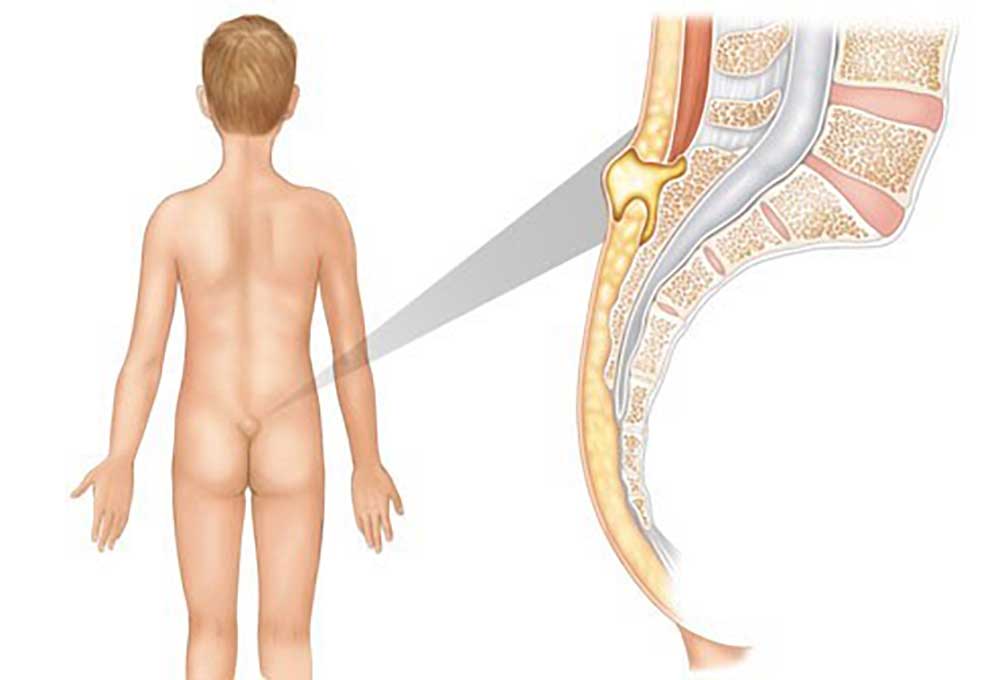
Treatment of pilonidal cyst
as mentioned earlier, the basic principle of treatments for pilonidal cyst is the complete drainage and removal of cysts and abscesses. The best treatments for pilonidal cyst should:
- prevent recurrence;
- require a short period o recovery;
- cause no scar or wound; and
- cause minimum pain, inflammation, and bleeding.
Medication for pilonidal cyst
If a pilonidal cyst is accompanied by an abscess or even a fistula, the general surgeon may first prescribe some medications or tries to drain the abscess. After infection and inflammation subside, the general surgeon prescribes a surgical procedure for removing the cyst. Therefore, medication alone is not enough for the treatment of sinus pilonidal, but it is an auxiliary method to improve the therapeutic results of pilonidal cyst laser or surgery. It is recommended to use different types of lasers for treating pilonidal cyst with the best therapeutic results. For this purpose, you can visit an experienced and proficient general surgeon and laser surgery specialist.
Pilonidal cyst outpatient surgery
Deepening on the surgeon’s proficiency and experience, this surgical procedure is performed either open or closed.
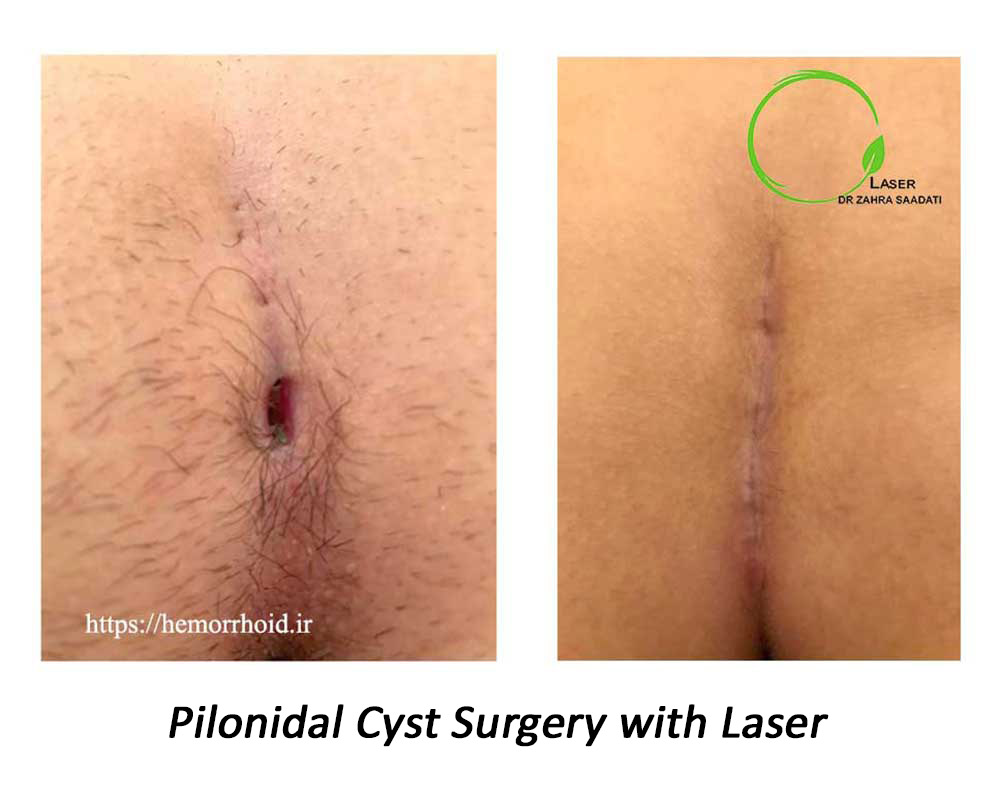
Closed pilonidal cyst surgery
In closed pilonidal cyst surgery, the surgeon first removes the hair and cyst wall cleft and then sutures the open wound. Therefore, the patient does not need to tolerate strict postoperative care and change the wound dressing every day. The risk of pilonidal cyst recurrence is almost zero if this procedure is performed with laser equipment by an experienced general surgeon and laser surgery specialist. This procedure requires a short period of recovery, and patients can return to their normal life and workplaces after 1 to 5 days. At the specialist’s permission, patients can take a bath and wash the surgical site from the fourth or fifth day after surgery.
Open pilonidal cyst surgery
In this method, the wound is left open after the surgical removal of the pilonidal cyst . That is why this procedure is called open pilonidal cyst surgery. This treatment of pilonidal cyst is expensive because patients need to change the wound dressing every day for about 2 months. Moreover, since the open wound caused by this method is highly exposed to infections and damage, the risk of recurrence after this procedure is very high. Patients should take care of their wounds for about 2 months, and it takes a very long time for them to return to normal life and their workplaces. This long recovery period can cause hefty costs and many complications and problems.
Frequently asked questions (FAQs) about pilonidal cyst:
1-Do women also develop a pilonidal cyst?
The cause of pilonidal cyst is the return of hair into the follicle. In other words, the hair grows inwards, instead of outwards. Therefore, women are at risk for developing a pilonidal cyst if they have hair in their lower back. To minimize the risk of pilonidal cyst, women, especially young and adolescent girls, are recommended to remove excess and unwanted from this area using a suitable method.
2-Can apple cider vinegar cure pilonidal cyst?
There is no research report corroborating the therapeutic effects of apple cider vinegar on pilonidal cyst. Nevertheless, some studies have shown the antibacterial and antimicrobial effects of apple cider vinegar and green tea oil.
3-Why do some cases of pilonidal cyst cause a foul odor?
A wall surrounds the hair gotten stuck inside the follicle. The cells that make up this wall secrete protein and keratin. The drainage of discharges inside the cyst can cause a foul odor.
4-Is the burst of pilonidal cyst dangerous?
Although the burst of a pilonidal cyst drains infections and abscesses, it severely damages the tissue of the area. This may make some patients wrongly assume that the pilonidal cyst has been completely eliminated because they feel much less pain. However, such patients will again develop a pilonidal cyst with more severe abscesses and infections. These recurrent infections gradually fistulate the pilonidal cyst.
5-How can we prevent the development of pilonidal cyst?
Keep the affected areas always clean and free of hair. You can apply some diluted betadine to the area to prevent the further development of infections. It is recommended to be under the supervision of a general surgeon to give you the necessary advice until pilonidal cyst surgery. The general surgeon may also prescribe you medication before surgery.
6-What is the treatment for pilonidal cyst on the groin?
A pilonidal cyst on the groin or lower back can be treated in a closed surgical procedure (drainage) using a high-power laser. Since the groin is under great pressure and friction, it is important to choose a safe method with a very short recovery period to treat pilonidal cyst in this area. pilonidal cyst laser is currently the best and most advanced treatment for pilonidal cyst with a very short recovery period.
7-How is the outpatient treatment of pilonidal cyst?
A pilonidal cyst can be treated in an outpatient closed surgical procedure using a high-power laser in a single session of 20-30 minutes. This method minimizes the risk of recurrence and requires a very short recovery period. Call Dr. Saadati’s office at 0098 22761600 to get more information in this regard.
8-What are home remedies for pilonidal cyst?
It is not recommended to follow home remedies to treat pilonidal cyst before visiting a general surgeon. With your doctor’s permission, you use home remedies merely to relieve pain and inflammation and disinfect the area. You can also apply a solution of water and apple cider vinegar to the affected area to eliminate germs and bacteria. In addition, herbal medicines such as Echium amoenum, beeswax, and basil tea can soothe pain and inflammation. With your doctor’s permission, you can also take advantage of the properties of these plants after surgery. Note that the only definitive treatment of pilonidal cyst is its surgical removal.
9-What is a pilonidal cyst?
The reverse growth of hair into the skin in individuals who have thick hair on the lower back and sacrum can lead to a pilonidal cyst. This disease usually occurs at puberty due to sitting for long periods. Its prevalence has been reported to be higher in men and women.
10-What is an anal pilonidal cyst?
A pilonidal cyst is called anal pilonidal cyst when it occurs in the anal area. This is a less prevalent type of pilonidal cyst, and patients may wrongly take a pilonidal cyst, which occurs above the anus and on the sacrum as an anal pilonidal cyst.
11-What is the definitive drug therapy for pilonidal cyst?
There is no definitive drug therapy for pilonidal cyst. Some medicines and antibiotics may temporarily the inflammation and infections caused by a pilonidal cyst. However, there is a high risk of recurrence until the pilonidal cyst is drained in a surgical procedure. When a pilonidal cyst causes an abscess, the general surgeon may prescribe medications or even drain the abscess in an outpatient procedure. After the medication period, the general surgeon completely drains the pilonidal cyst.
12-Is pilonidal cyst a serious condition?
A pilonidal cyst is not inherently dangerous, but it leads to serious infections and fistulation if it remains untreated for a long time. If a general surgeon diagnoses you with a pilonidal cyst and prescribes you undergo a surgical procedure, do not postpone surgery for more than 3 months. Patients who delay pilonidal cyst treatment or surgery for several years finally have to urgently undergo a surgical procedure with severe abscesses and widespread infections. It is recommended to first get enough information about this disease and its treatments and then plan for a timely surgical procedure.
13-What is the best treatment for pilonidal cyst?
The best treatment is pilonidal cyst laser. It is also recommended to remove excess or unwanted hair with laser equipment in order to prevent the recurrence of this disease.
14-How does a pilonidal cyst develop on the scalp?
A pilonidal cyst may appear on the scalp when the sebaceous glands under the scalp are blocked. The bulges you may sometimes feel under the scalp are a lipoma or sebaceous gland; they are called pilonidal cyst if they contain hair.
15-What is the difference between a pilonidal cyst and an abscess?
When a pilonidal cyst contains hair and dead skin, it gradually gets infected and creates an abscess. A pilonidal cyst contains hair, whereas an abscess contains purulent discharges.
16-How to drain a pilonidal cyst at home?
Draining a pilonidal cyst at home does not cause serious problems if it occurs by itself and does not require an emergency visit to the doctor. But draining the pilonidal cyst by manipulating the wound, stimulating and enlarging the cyst. The bigger and more infectious the cyst is, equal to the more damage to the tissue and the more difficult to repair the wound. For this reason, delicate and expert medical tools are needed to drain the pilonidal cyst bye an expert doctor.
